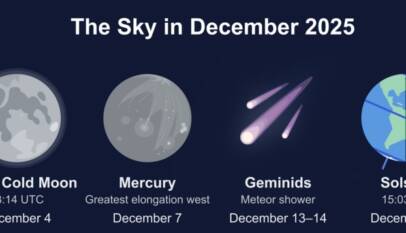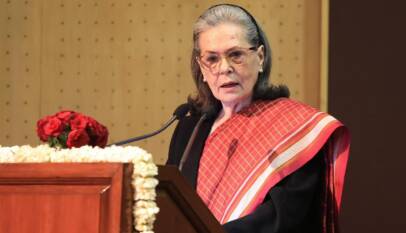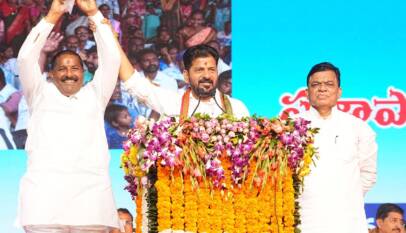Community Building : Boosting Community Development through Local Traditions
Written by Suvro Sanyal.
Culture which can be referred to as the cumulative deposit of knowledge, experience, beliefs, values, and attitudes has not always been really appreciated and acknowledged as playing any meaningful role in the process of community development. The author has examined what role the domicile culture is expected to play in the development of individuals and communities. In its role in community development, domicile cultures contribute in building a sense of local identity and solidarity, thereby, serving as a viable tool in shaping the effectiveness of development options in communities
Engaging local culture for development would enhance mobilisation of people towards participation in community development, and this will influence quality of life, welfare of the community members and sustainability of communities. It is recommended that leaders of the community should mobilise people for cultural engagements and government should include activities in curriculum of schools.
To understand the place of culture in development process, consideration must be given to the social basis of culture, its relationship to interaction and the types of development and local actions in community development. The culture includes masquerading festivals predominantly considered to be the most unusual festivals in India like:
- Thaipusam Festival in Tamil Nadu – is a Hindu Tamil festival celebrated in Tamil Nadu and South India to honour Lord Murugan’s victory over Surapadman. The festival involves various rituals, including devotees piercing their bodies and walking on hot coals.
- Puli Kali in Kerala – a unique recreational folk-art form where artists paint themselves as tigers or leopards and dance across the streets. Puli Kali is celebrated with great gusto particularly in Thrissur district in the state of Kerala, on the fourth day of Onam.
- Sume-Gelirak Festival in Odisha – Deep within the verdant hills of Koraput district, Odisha resides a unique and vibrant tribal festival – the Sume Gelirak. Celebrated by the Bonda tribe, known for their rich cultural heritage and distinct way of life, this ten-day extravaganza pulsates with a captivating blend of rituals, dance, music, and merriment.
- Agni Keli in Karnataka – is a traditional event held in Mangaluru, Karnataka, every April. It involves an elaborate celebration lasting eight days. During this festival, participants engage in a spirited fire brawl, hurling flaming branches at each other.
- Made Made Snana in Karnataka – involves devotees rolling over the plantain leaves, once food has been partaken by Brahmins. The devotees then take a holy dip in the nearby Kumaradhara River, after which the ritual is said to be complete. The practice is said to be more than 500 years old.
- Non-Human Weddings – Pet Weddings over the decades have manifested to constitute several communities, engaged in systematic solemnisation of nuptial knots. Pet Weddings were held to mark the start of a breeding relationship. Today, dog weddings are becoming popular fundraisers for animal-related charities.
The Sociologist’s across the globe has studied that there are several countries those which gets engaged in several celebrations which unifies & strengthens communities over the decades. Some significant are as:
- Yam Festival of Western Africa – hundreds of inhabitant’s troop into the streets to celebrate the season of the yam harvest. Women sing praises and chant prayers, dressed in beautifully printed Ankara outfits. A man sounds a large gong, while children carry pieces of yam on their heads, careful not to let them fall. When they arrive at the palace, the king blesses the community and the harvest, and the festivalgoers celebrate by eating of the new yam, whether boiled, pounded, roasted, or mashed into a porridge. The festivals are essential events; they mark the passing of another season, honour religious offerings, and provide a cultural focal point for a whole town to converge around. A community celebration, supported by local organisations or governments.
West Africa accounts for 94% of the world’s yam production, with Nigeria alone producing about 50 million tonnes annually, more than two-thirds of the global yam crop. The cultivation of yams began in the region some 11,000 years ago, because of a cultural interaction between grain-crop agriculturalists who were being forced southward by the progressive desiccation of the Sahara and gatherers in the forests and savannahs of West Africa, who were eating wild yams but not yet cultivating them.
The festival is held in commemoration of the gods of the land for a good harvest season, people believe the gods of the land have been very protective throughout the year and hence use the festival as a way of showing appreciation to the gods for their guidance and protection into a new bumper season.

Over the past decade, the Yam Festival have become a significant contribution to West Africa’s tourism, bringing attention, and tourists from America, Europe, Australia.

It is important because in the yesteryears, yam was the only staple food, and even today when cassava seems to have overtaken yam as a staple food, yam is still the means by which a man’s prestige in the community can be judged.
- Mask Festival of Western Africa – locally called the “masquerade” is held at the time, when animistic, divine spirits are believed to be close to the human world. It is a yearly event, repeated across numerous villages and cities. In most cases, it takes place when the local spiritual elder reaches a decision after receiving signals from the spirits. The main purpose of the masquerade is to establish direct contact with the spirits and to receive their divine blessings. This last element ensures that everyone is willing to participate in the festival and sit as close as possible to the costumed characters.
The rites of initiation are one of the most important milestones in the life of every man and woman. Interestingly, in this culture, the ceremony is repeated regularly every seven years, the first being during the initiate’s fifteenth year (if for some reason at the age of fifteen the initiation could not be carried out, another seven years must pass, therefore the ceremony shall take place at the age of twenty-two).
The initiation ceremony is the time during which people are closest to the forces of nature and their ancestors, on whom they place a great level of trust.

Gatherings constitutes followers of monotheistic religions, such as Christians and Muslims. It turns out that the tradition of the Mask Festival is so deeply rooted in culture, that it has been adapted by new religions.
The masks and figures are derivatives of “witch doctors,” initiating nocturnal visions. The important question on which spirit the community is relying, are often addressed with the answer, “it is an initiation mask”. One thing is certainly consistent: the head of a Bird with a long beak represents a call for rain, the dance of happiness is done while in a Warthog mask, a Crocodile symbolises longevity, and an Owl protects the community and grants fertility.
To be continued………………

Writer Suvro Sanyal
Mavericknews30 has launched a series of articles on community building, sharing insights and success stories. Stay tuned for the next article as we explore how to create stronger, more connected communities!
Log on : www.mavericknews30.com
Follows us on : Twitter @mavericknews30
YouTube : @MarvickNews30
PM Modi Presents Russian President Putin with Curated Gifts Reflecting India’s Culture and Heritage
New Delhi, Dec 2025: During the two-day visit of Russian President Vladimir Putin to India…




















